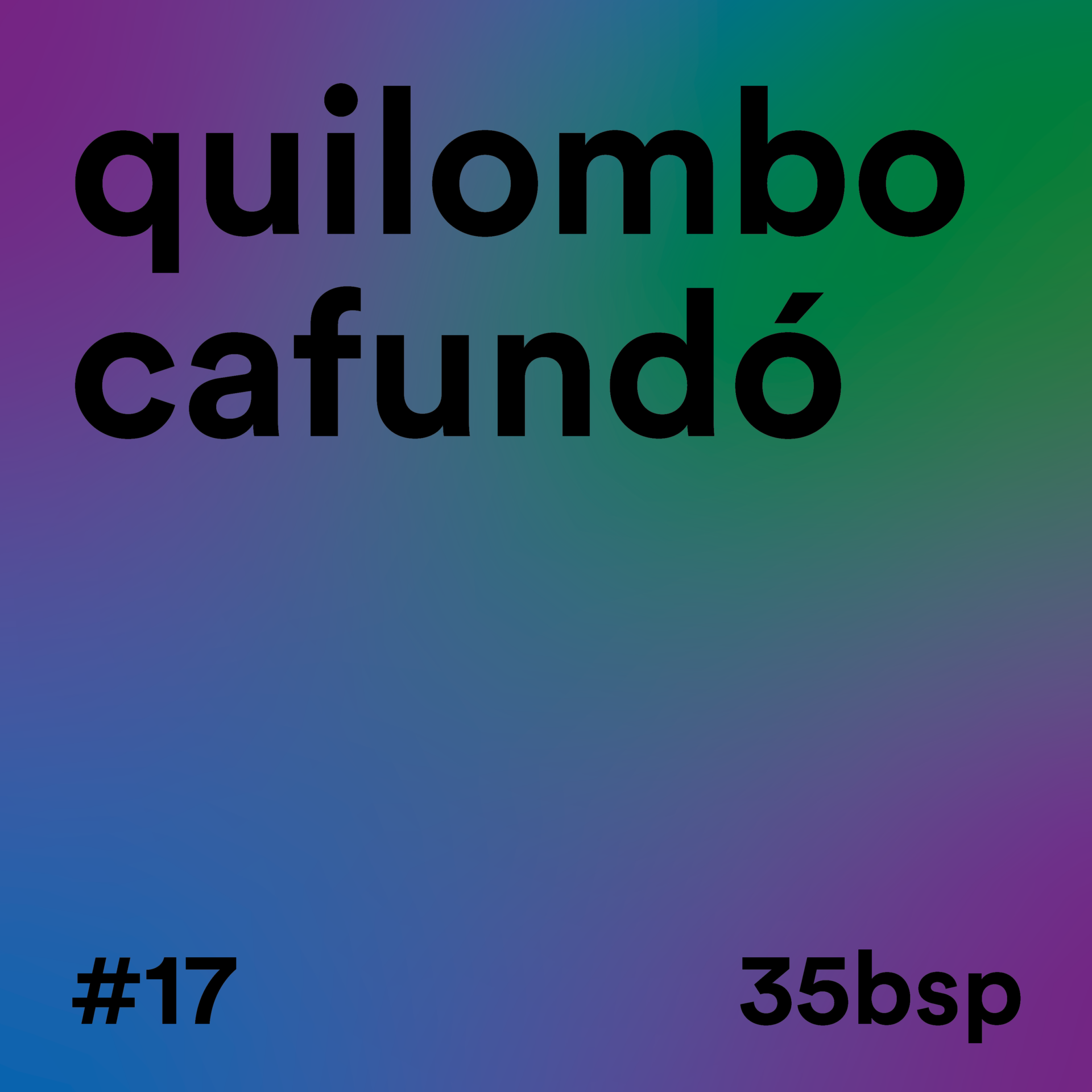
Quilombo Cafundó
Hi, I’m Luanda Vieira, a journalist specializing in fashion, beauty and well-being. I worked for Edições Globo Condé Nast’s women’s magazines, Glamour and Vogue, where I held the positions of fashion and beauty editor, respectively. I was the first and only Brazilian to join the Global Diversity and Inclusion Committee, headed by Anna Wintour. Today I also work as a digital influencer and host the podcast O Corre Delas, about careers, on Obvious.
I’ll be here with you for the next four tracks of this audio guide.
Now we come to Quilombo Cafundó. The Quilombola Community of Cafundó is located in the rural area of Salto de Pirapora, twelve kilometers from the center of Sorocaba, in the state of São Paulo. Officially, the Quilombo has existed since at least 1888, when the couple Joaquim Congo and Ricarda Congo received their freedom and inherited the land from the person who was then their lord.
In the 1970s, a man called Seu Otávio Caetano played a major role in the struggle of this and other neighboring quilombos, which were victims of a wave of violence and extinction. In particular, Seu Otávio’s efforts to talk about the Quilombo and the Cupópia language, which combines the structure of Portuguese with words of African origin, gained notoriety. This culminated in visits by anthropologists and linguists to the community, which guaranteed some protection for the residents of Cafundó.
On November 20, 2009, President Luiz Inácio Lula da Silva decreed the recognition of Quilombo Cafundó as an area of social interest. Today, the quilombo is still inhabited by the descendants of those who started it.
This Bienal features archives, photos and documents that are part of Cafundó’s history. There are more than 120 copies of varying sizes.
The first set are color and black and white photos of places and people in the Quilombo.
Others are sketches, typed or drawn on a white sheet of paper, of location maps, territorial charts, plans and architectural projects, such as those of the territory of the Quilombo itself, the Cafundó Chapel or the house of Otávio Caetano and dona Maria.
There is also a series of genealogical maps. One is entitled “The ancestors of Josefa Maria de Camargo”. Another, for example, is the genealogical map of “Caxambú and Cafundó”.
In another category are notes on the languages spoken in the quilombo. “Lista lexical de Otávio Caetano” [Lexical list of Otávio Caetano]; “Expressões com ‘quendar'” [Idioms with ‘quendar’]; “Expressões da cupópia” [Idioms of Cupópia]; “Comparação de expressões entre ‘Minas’ e Cafundó” [Comparison of idioms between ‘Minas’ and Cafudó”; or, “Dúvidas: pronúncia e sentido” [Doubts: pronounciation and meaning].
There are also some newspaper reports, all published in 1978. The titles are suggestive of the Quilombo’s historic struggle and the public perception of it, even in the 1970s. Let’s listen to some of them: “The blacks of Cafundó and their strange way of speaking”, with the subtitle “In memories, the time of slavery”, published by Cruzeiro do Sul, a newspaper from Sorocaba; “Charade in Cafundó”, published by Veja São Paulo, with color photos of Otávio Caetano, an elderly black man with short hair; “Is the black free? “, published in the São Paulo newspaper Folhetim; and “Morte no Cafundó: negros defem terras a foice”, also in the Sorocaba newspaper Cruzeiro do Sul.

 Português
Português